Mutants and the End of Days: Mutant Year Zero
The premise of Mutant: Year Zero is simple. You play a mutant (“human but more than human”) living amongst the wreckage and devastation humanity left behind and searching for something called Eden, but the world is full of dangers, ruins, and other mutants. You live in the Ark, the only safe haven. Even it is struggling. A person simply known as the Elder — the only person above the age of 25 – is declining in health. Factions in the Ark are vying for a place in the post-Elder Ark. More importantly, supplies are dwindling. Food. Water. Even Mutants. No one has been born in the Ark.
To provide the Ark the precious resources needed to survive, some brave (or foolhardy) mutants explore beyond the Ark’s protective walls and out into the Zone. Rare artifacts of unknown purpose can be found. The Stalkers, as they are called, bring back valuable items, scrap, clean water, and tales of a better place, Eden. If they come back that is. If they survive the monsters, the Rot, and any number of untold disasters.
Mutant: Year Zero is a post-apocalyptic game with a focus on exploration and survival. Its overarching metaplot is hardwired into the game, providing the primary driving purpose for players to create mutant characters and explore the Zone, deal with faction intrigue in the Ark, and defend the Ark and its peoples against Zombie-Ghoul attacks… or worse.
The game is a prequel to Mutant and Mutant 2, published by Target Games in the 1980s, an RPG company in Sweden. Fria Ligan (Free League) published Mutant: Year Zero in 2014, setting the game earlier than its predecessors, to when the apocalypse is a more recent event. You can also play Mutant Year Zero: The Road to Eden — a tactical, turned-based, third-person video game.
The Red Plague kickstarts the downfall of humanity. This disease sweeps through the population killing over a billion people and igniting conflicts between the superpowers and causing economic panic and collapse. Wars break out, and nations use nuclear weapons. Some escape by fleeing deep underground or up to orbit and beyond. You are a part of what’s left. A small ark of survivors struggling to live. The people who brought about the apocalypse, the ones that were alive at the time are known as the Ancients.
…The Elder… One of the Ancients. For decades he has warned you: be on your guard, don’t leave the Ark. Stay here, or the Rot will get you. Or something even worse. So far, you have obeyed his commands. Lived off rations from the Old Age. Chased off every stranger who came close to the Ark. Few dared to go out into the Zone. That is what the Elder calls the outside world.
Oh, and you play mutants. You have superpowers that you can activate, but they are hard to control and new mutations can trigger, making you even more powerful.
Your characters are measured by four attributes: Strength, Agility, Wits, and Empathy. You can assign two to four points to these attributes, though each role has a key attribute that lets you put a fifth point into it. Twelve basic skills, each aligned to an attribute, are available to every character. Depending on the role you choose, additional Specialist skills are available to only that role. Skills can be no higher than three at the at the start of the game and have a maximum limit of five, and the Specialist skill must have at least one point devoted to it.
The specialist roles are Enforcer, Gearhead, Stalker, Fixer, Dog Handler, Chronicler, Boss, and Grunt. As noted, each of these Specialist roles comes with a unique skill along with a starting pool of Talents — abilities you can use during game play that are distinct from your mutation — to choose from. These are standard roles for an RPG. The muscle, the face, the technical person, and so on.
As an example, the Stalker — a person who has entered and explored the Zone to some degree — can choose from one of these three Talents (at the start of the game): Scavenger, Monster Hunter, and Rot Finder. The the Stalker’s Specialist skill is Find the Path, which is tied to the Agility attribute.
Find the Path allows the Stalker, after making a successful roll, allows a group navigate safely through a Zone sector and spot threats before they spot you — thus enabling you to bypass them or set up an ambush.
The Stalker talents either give you a bonus to the Find the Path skill along with automatically finding an artifact, a bonus when scouting a beast, and finding a Rot-free route through a Zone sector.
When discussing bonuses, we need to understand the basic dice-rolling mechanic of Mutant: Year Zero, which is straightforward. First, you use six-sided dice (D6). You can buy a special set from Free League that are three different colors and have special symbols in lieu of the 1 or 6 depending on the dice — though you do not need them to play. Second, when performing a task, you collect a number of Skill D6s equal to your skill level, a number of Base D6s equal to your attribute level, and a number of Gear D6s equal to the Bonus list for the gear — presuming you’re using equipment that would be useful in such a situation (you should have three different color dice to help distinguish them). Then you roll all of them together. You are looking for 6s.
All you need is one success to successfully complete the task, shoot the zone-ghoul, and so on. Note, if you don’t have a skill, you can still roll — you simply do not have the Skill dice in the pool — with the exception of the Specialist skill, which requires you to have at least one rank to use. You do not worry about any 1s your rolled.
However, this is a roleplaying game, so the results do not just stop there. First up, is if you do not succeed, you can Push your roll. The player grabs any dice that resulted in 2-5 and re-rolls those. You can do this once, and you do have some potential consequences. For every 1 still showing — including those that you did not re-roll, the player suffers and equivalent number of trauma to the attribute used for the roll — thus, if you were rolling Sneak using the Agility attribute, any 1s would damage Agility. The good news is that just for pushing a roll you get a Mutant Point for every 1 rolled — critical points for activating some cool superpowers.
Any 1s that show up on the Gear dice reduce the Gear Bonus (recall, that which determines how many Gear dice you rolled). If that reduces the Gear Bonus to 0, you will need to repair it.
So outside of Mutant Point and potential scoring a success, why else would someone Push a roll. Generally, you would not, but you can if you want more 6s to show up. That’s because every 6 beyond the one needed to succeed the roll opens up Stunts. Every skill has Stunts associated with it. With the Shooting skill, every extra 6 can be spent by the player to inflict extra damage, pin down the opponent, make them drop a weapon, and several others.
Returning to the Stalker’s Find the Path specialist skill, some of the available Stunts include learning that an artifact (a piece of technology from before the apocalypse), finding bullets or Rot-free water, or cut the time in half to explore the sector.
Every player starts the game with Mutation Points equal to the number of their mutations — usually one when starting with new characters. Pushing a roll may give you more, and you use these to trigger the Mutation. You’re a mutant, right?
Using mutations, however, has a risk. You roll a 1D6 for every Mutation Point used to activate the power. For at least a single 1 that, the mutation misfires and you get to roll on a table with a list of those misfires.
Your mutations, by the way, are random. Per the rules, you do not pick them. You either roll or draw a card to learn what that mutation is.
The book details 25 mutations. These include Extreme Reflexes that give you +2 to your initiative roll, shoot an enemy a second time in the same turn, or dodge that zone-ghoul attacking you. Puppeteer gives you the ability what your target’s next action will be. Rot-Eater gives you the ability to remove trauma caused by Rot, even use Rot Points to recover losses to the attributes, and using Rot as a weapon.
You can have more than one mutation, and they are quote potent forces in the game. Of course, the more you use them, the more likely you are to have misfires, including permanent reductions to attributes.
Combat is fairly standard for an RPG. You roll for initiative, and the initiative slot does not change throughout the combat unless you enable the Extreme Reflexes mutation or spend extra successes on stunts for the Fight or Shoot skills. One element of the game are specific rules for fleeing a fight. Luck not on your side? The enemy is stronger than you thought? Roll for your Move skill. Get a 6 and your character has managed to escape to fight another day.
All damage — whether physical or from social conflict—affects the attributes. And your character can suffer damage (Mutant: Year Zero calls it trauma) to any of the four. Typical combat damage (called Damage) from guns, knives, and so on hits Strength. Things like exhaustion decrease Agility — this type of trauma is called Fatigue. Confusion is trauma caused by misjudging a situation or being confused and it hits Wits. Doubt is experiencing sadness or losing confidence, and it affects Empathy.
Armor protects against physical attacks. If struck, a character rolls a number of Gear dice equal to the Armor Rating. Any 6 rolled, the damage is reduced by one. For every 1 rolled, the Armor Rating drops by that number. One cannot Push this roll.
When any of the Attributes drop to 0, the character is considered Broken and depending on which Attribute dropped, they break in different ways. If it is Strength, the character falls unconscious and suffers a critical injury. Roll two six-sided dice, each of a different color. One is designated the tens and the second the ones. For example, I roll a yellow D6 and a red D6; the yellow is the tens and the green is ones. The results are a 4 on the yellow and a 2 on the green, which equals 42 (also referred to as D66). Two of the critical injuries (65 and 66) are instantly fatal. Outside of those, you can generally recover per the rules on healing.
A large portion of Mutant: Year Zero consists of activities in the Ark and exploration of the Zone, with the ultimate goal of learning about Eden, which is believed to provide answers to why the mutants are, well, mutants and do not live beyond 30 along with providing a refuge from dangerous wasteland. The rulebook covers setting up Zone (you can see a cool tool for uploading your own map and generating its dangers here). This includes setting up the Ark — its location, its faction bosses, population (which you track), and development level.
Example Zone map that comes with the game
You track Food Supply, Culture, Technology, and Warfare, each of which provides more and more value as it increases. At the beginning of each session, the players determine which project the Ark will work on, which the people of the Ark begin doing. The amount of time to complete is based on the number of Work Points, which is scaled to the number of PCs in the party. The Ark can undertake improved defenses, send out a Zone expedition, build a windmill, or establish an autocracy. This very much feels like some base-building computer games where you initiate a project (build a generator so that it has power) and you watch the progress bar as it is built and completed.
Rules for attacks against the Ark, which incorporate the defenses, are provided along with how many of the Ark die each session. Remember, no one but the Elder is older than 30 and the Ark itself is often violent. Beyond keeping track of the people, ensuring a proper food supply and bring in scrap from the Zone for repairs and maintenance of items is crucial. Thus, expeditions to the Zone. Traveling the wasteland and what you find there is extensively documented but easily implemented from a game standpoint — including a list of monsters (human or otherwise) from zone-ghouls to acid grass to electric storms.
A few of the artifacts that can be found in the Zone are essential parts of the metaplot that drives the game forward. I will not reveal the metaplot here to protect its secrets, but this is the first game I have ever come across where that metaplot feels essential to the game, a necessary action. The GM has plenty of space to interact with the metaplot as she sees fit, but unless she wants to create a whole new metaplot (which is doable) the game will eventually become one of a powerful Ark and an open-world dungeon crawl. If that is what the group wants, then Mutant: Year Zero will accommodate that. The metaplot, however, provides the ready answers to what cause the apocalypse, why are the People mutants and die before getting to 30 years of age, where did they come from, and what happened to the Ancients (of which the Elder is one).
I think it is a strength of this game that its setting and metaplot are well woven into the backdrop the characters are interacting with. It is a source of story along with serving as a place where the character’s stories can take place. Many RPGs may have excellent settings and metaplots, but Mutant: Year Zero integrates them both well. The game could become a massive dungeon crawl with minimal forward momentum without the metaplot.
Overall. Mutant: Year Zero is an excellent game with easy mechanics, fun survival aspects, and a unique story to tell. GMs and players should find a lot of fun roaming the Zone, getting ever closer to Eden, and using all those awesome mutant powers. This is a game worth picking up and playing.
P.S. Mutant: Year Zero has three numerous supplements and three alternative core rulebooks, each focused on a different “group”: Want to play a talking duck? GenLab Alpha. Robots? Mechatron. Surviving normal humans who hid underground? Elysium.
Patrick Kanouse encountered Traveller and Star Frontiers in the early 1980s, which he then subjected his brother to many games of. Outside of RPGs, he is a fiction writer, avid tabletop roleplaying game master, and new convert to war gaming. His last post for Black Gate was From Galaxies to Planet: Instant Universe. You can follow him and his brother at Two Brothers Gaming as they play any number of RPGs. Twitter: @patrickkanouse. Facebook: Two Brothers Gaming
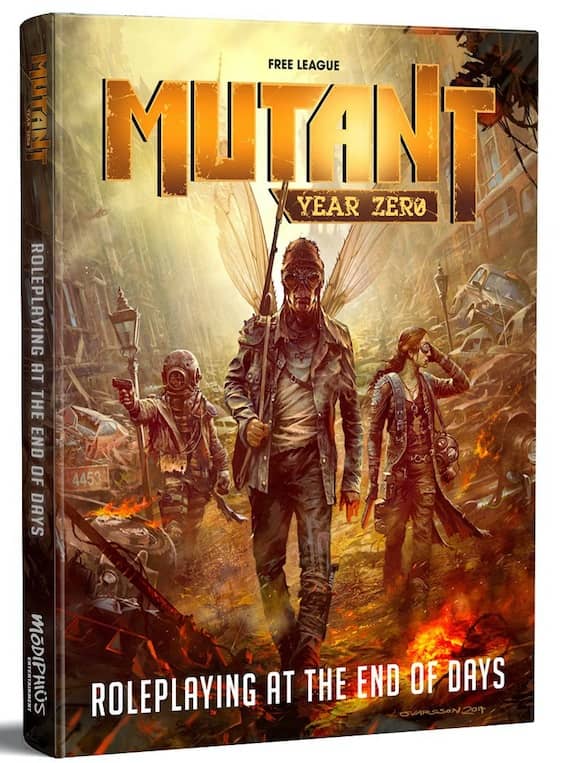

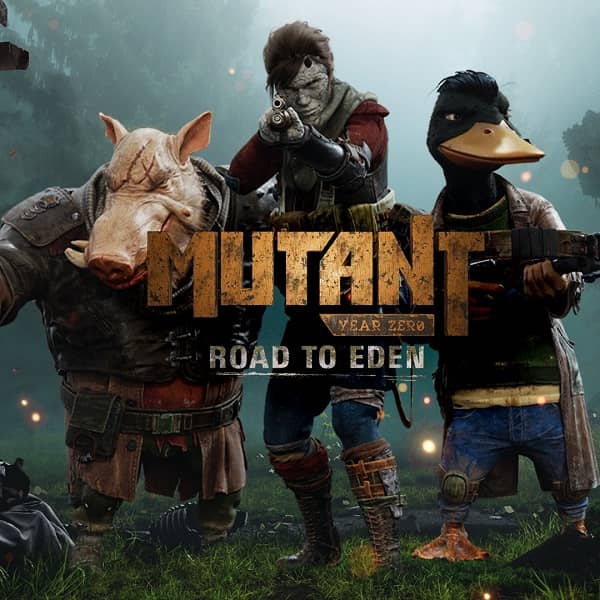
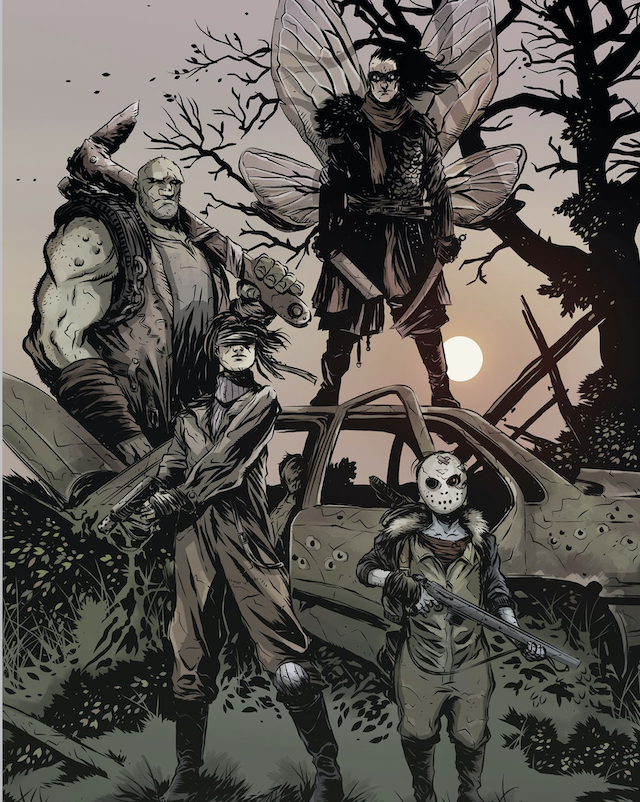
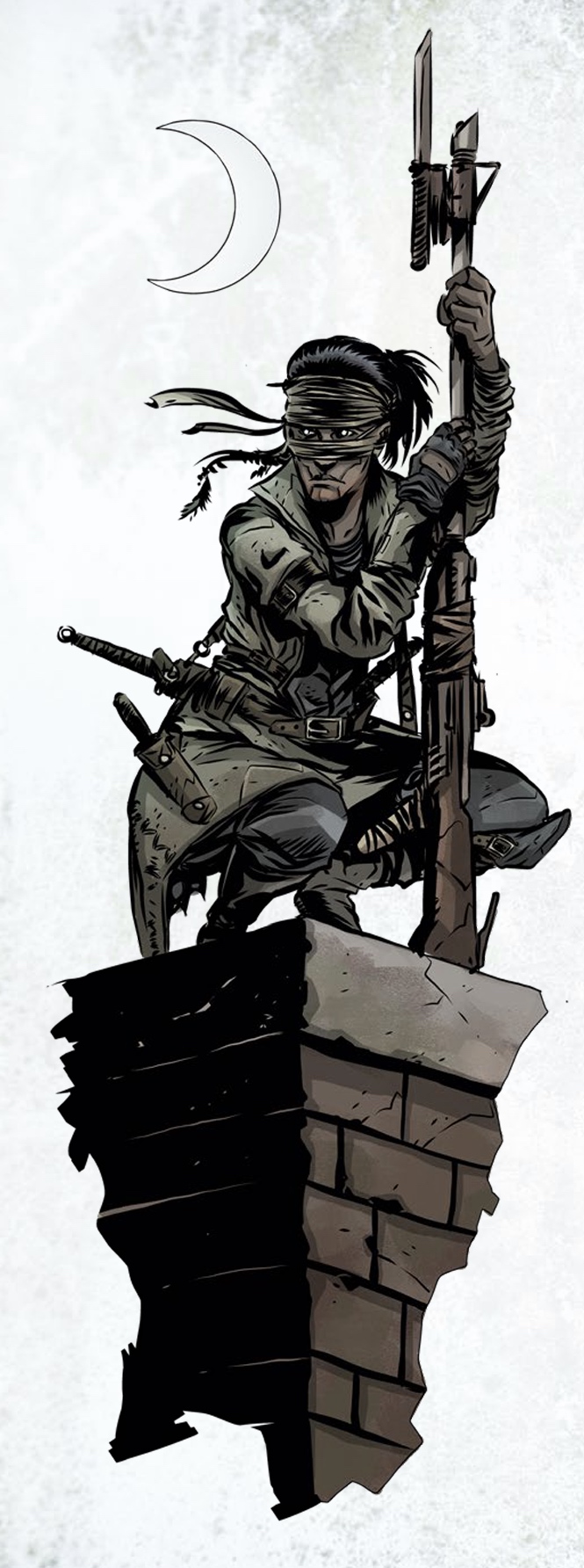


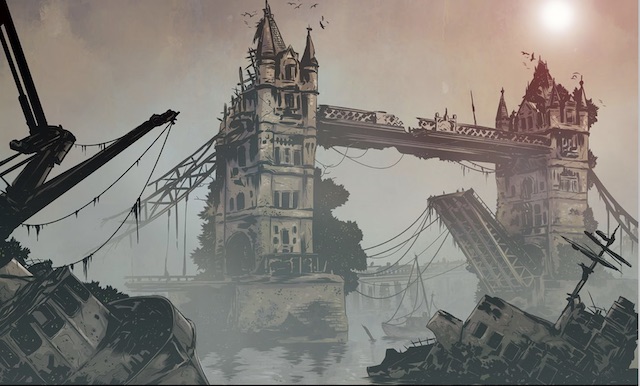

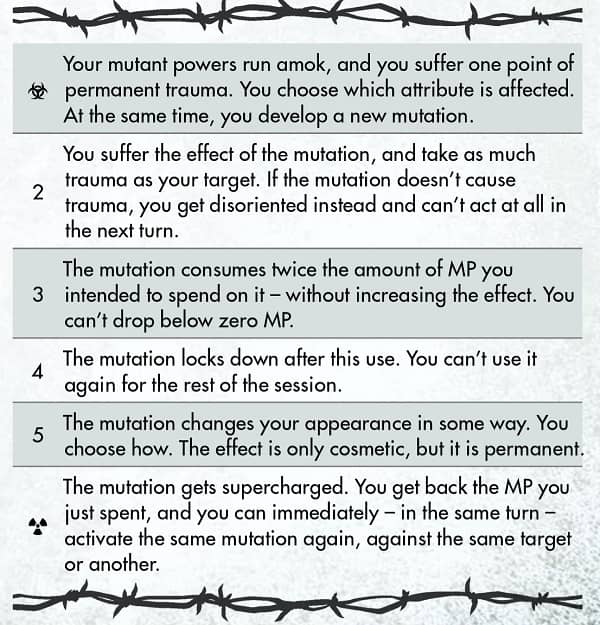
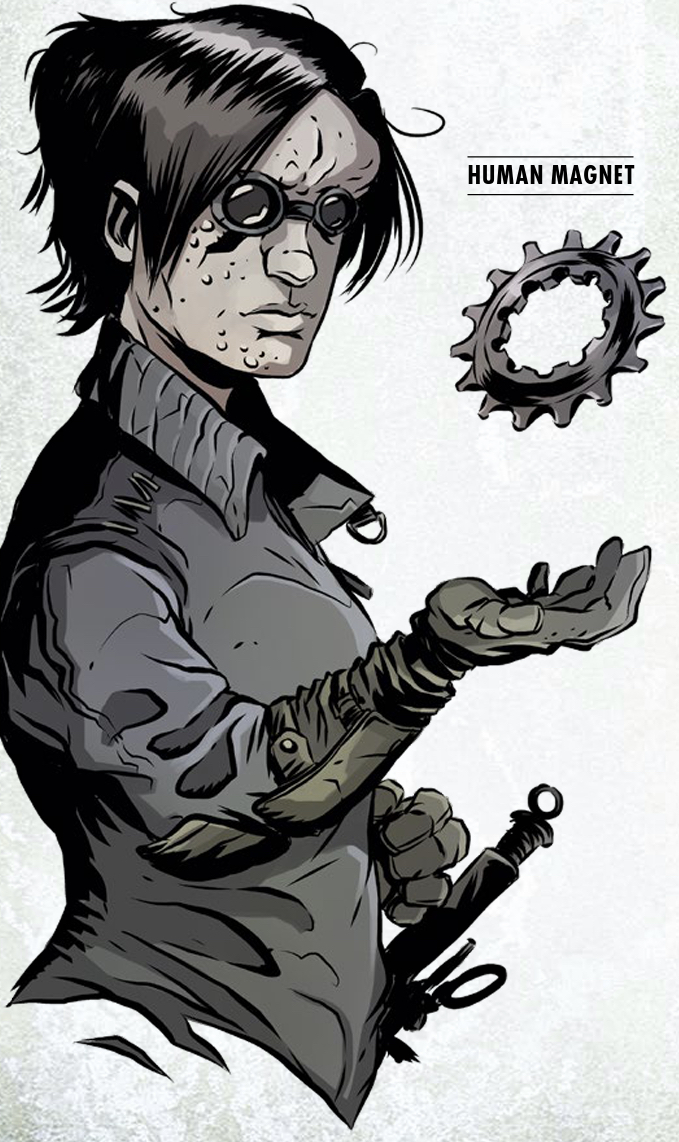
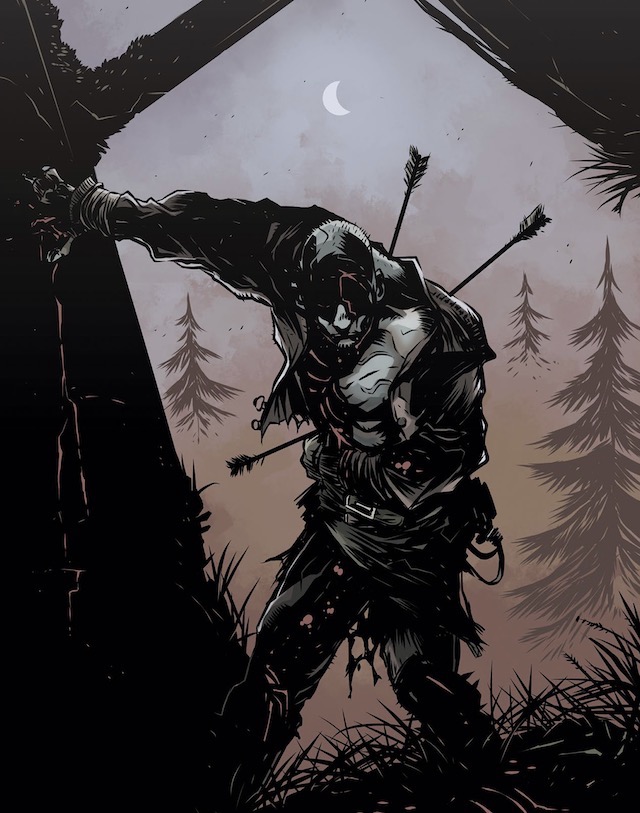
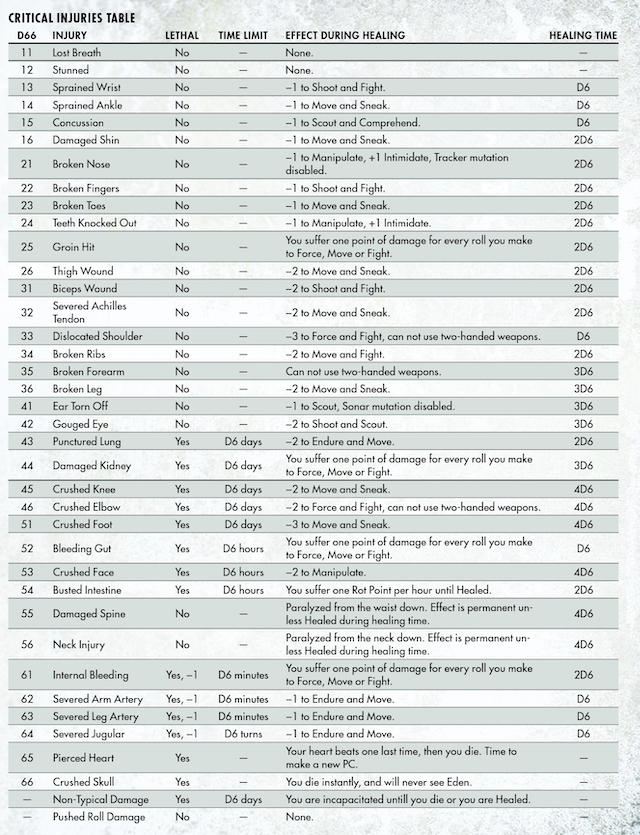
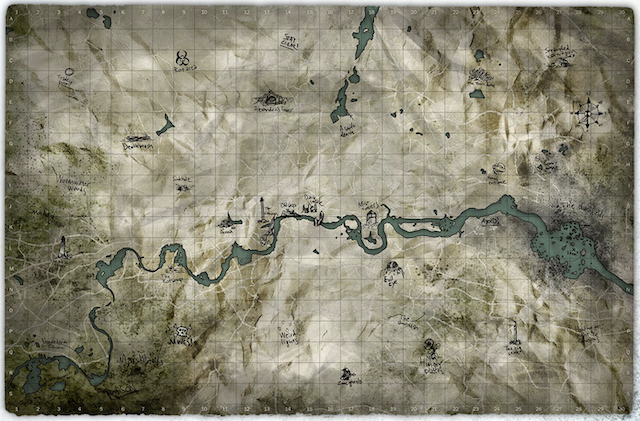
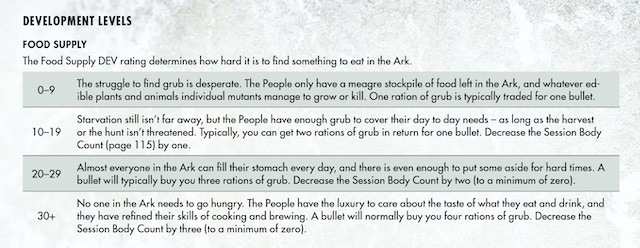
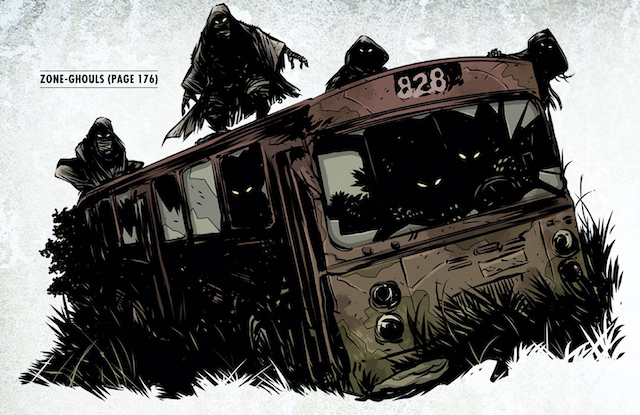
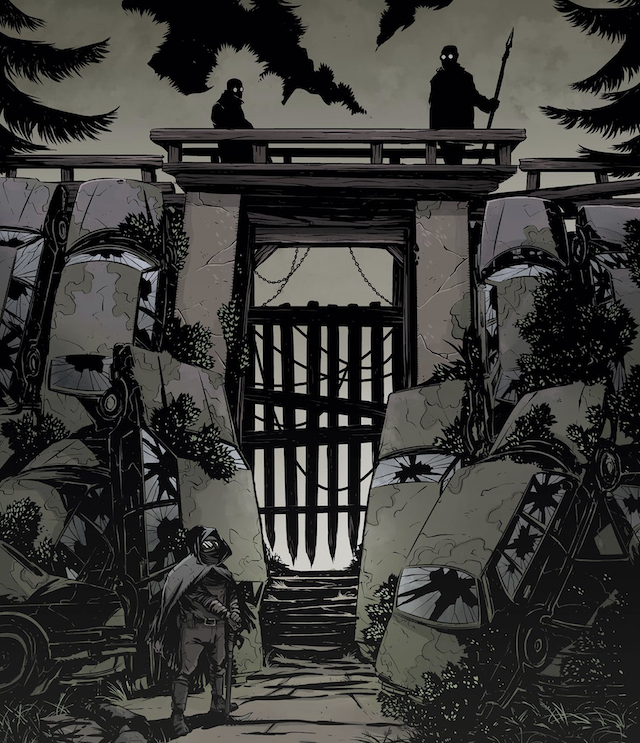
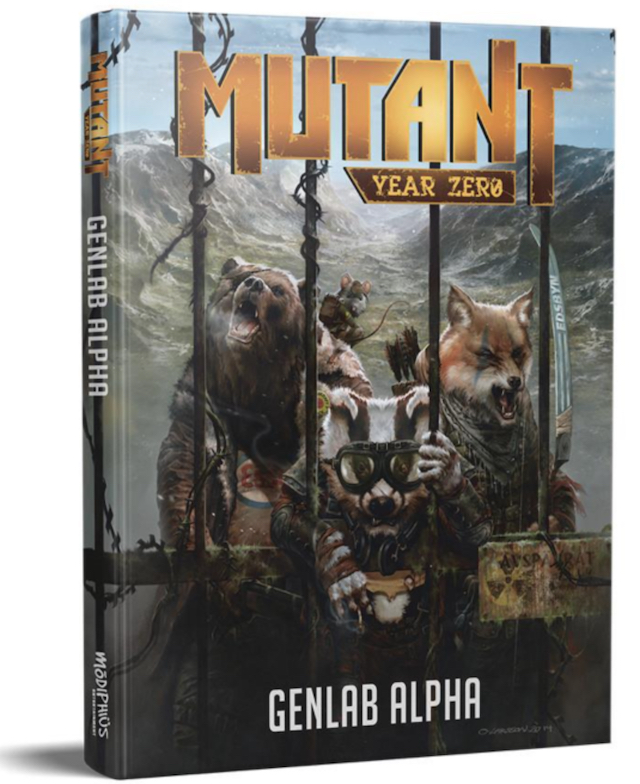
have been meaning to check this RPG out ever since i really enjoyed the Video Game that was made in license, good to hear it is equally interesting. thank you for the write-up.
Thanks for reading and taking the time to comment.
I bought MECHATRON on Free RPG Day in July, and was hugely impressed with it. The whole setting is imaginative and makes me want to explore it.
https://www.blackgate.com/2020/07/27/robots-deep-space-and-star-trek-free-rpg-day-at-games-plus-in-mount-prospect/
They’ve really thought out this game and its setting in detail–no surprise coming from Free League.